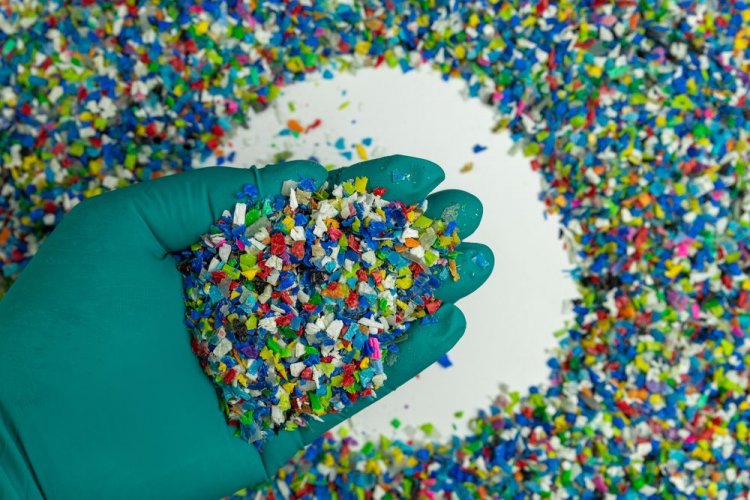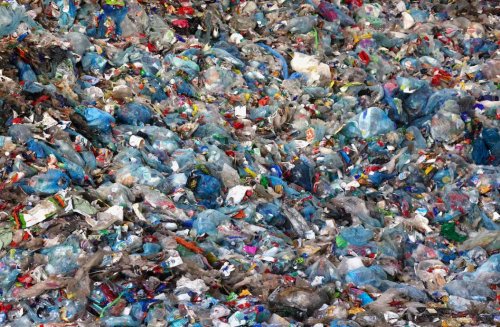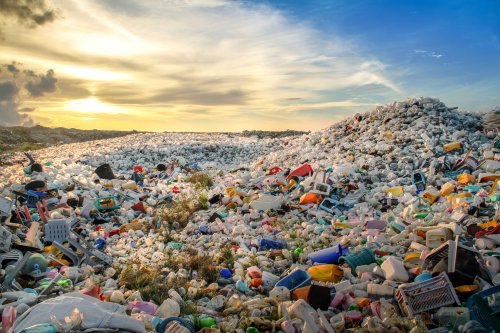Teams of scientists from the University of Leicester in the UK and the University of Cape Town in South Africa conducted two parallel, complementary studies and found that plastic breaks down at different rates depending on the color it is. The samples of bright blue, red and green color were the most prone to destruction and formation of microplastics.
Euronews reports this with reference to a study published in the journal Environmental Pollution.
Scientists at the University of Leicester laid out colored bottle caps on the roof of the university building and exposed them to the sun, rain and wind for 3 years. Scientists at the University of Cape Town used colorful plastic objects found on a remote beach in South Africa in their study.
The conclusions of both groups of scientists coincided: bright colors of plastic contribute to its faster decomposition and the formation of microplastics, compared to objects with more muted colors. Scientists have found that black, white and silver plastics are almost non-degradable, while red, blue and green plastics become brittle and fragment. This suggests that the black, white and silver dyes protect the plastic from harmful ultraviolet radiation, which changes its polymer structure and makes it brittle.
The scientists say that this research has important implications for materials design, as the absence of bright colors could help reduce environmental pollution by microplastics, tiny particles of which have already found their way everywhere: in clouds, "pristine" prehistoric remains, and even found in the body babies and human testicles.
Scientists insist that designers and manufacturers should think about using less colored plastic, which has a lower risk of decomposition and the formation of microparticles. They must consider both the recyclability of the material from which non-durable items are made, and the likelihood that it will pollute the environment.
"For items that are used outdoors or exposed to sunlight, such as plastic outdoor furniture, avoid colors such as red, green and blue to ensure they last as long as possible," advised Dr Sarah Key, who led the project.
As EcoPolitic previously reported, microplastics in the air can affect cloud formation and weather.





